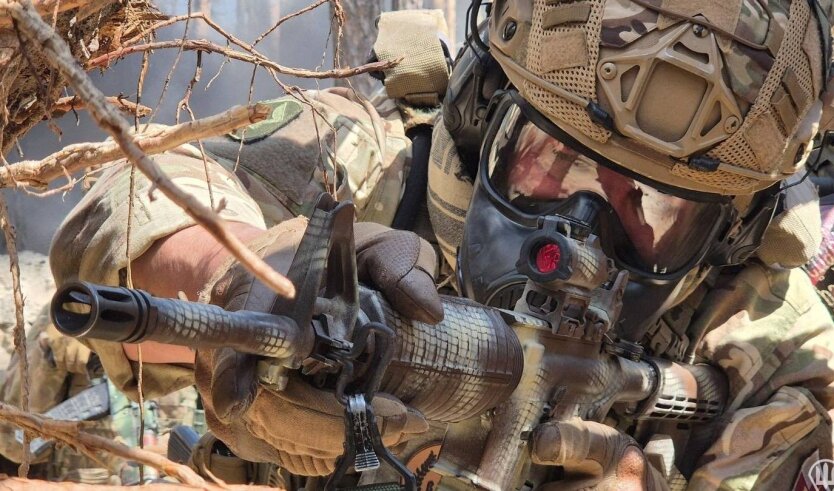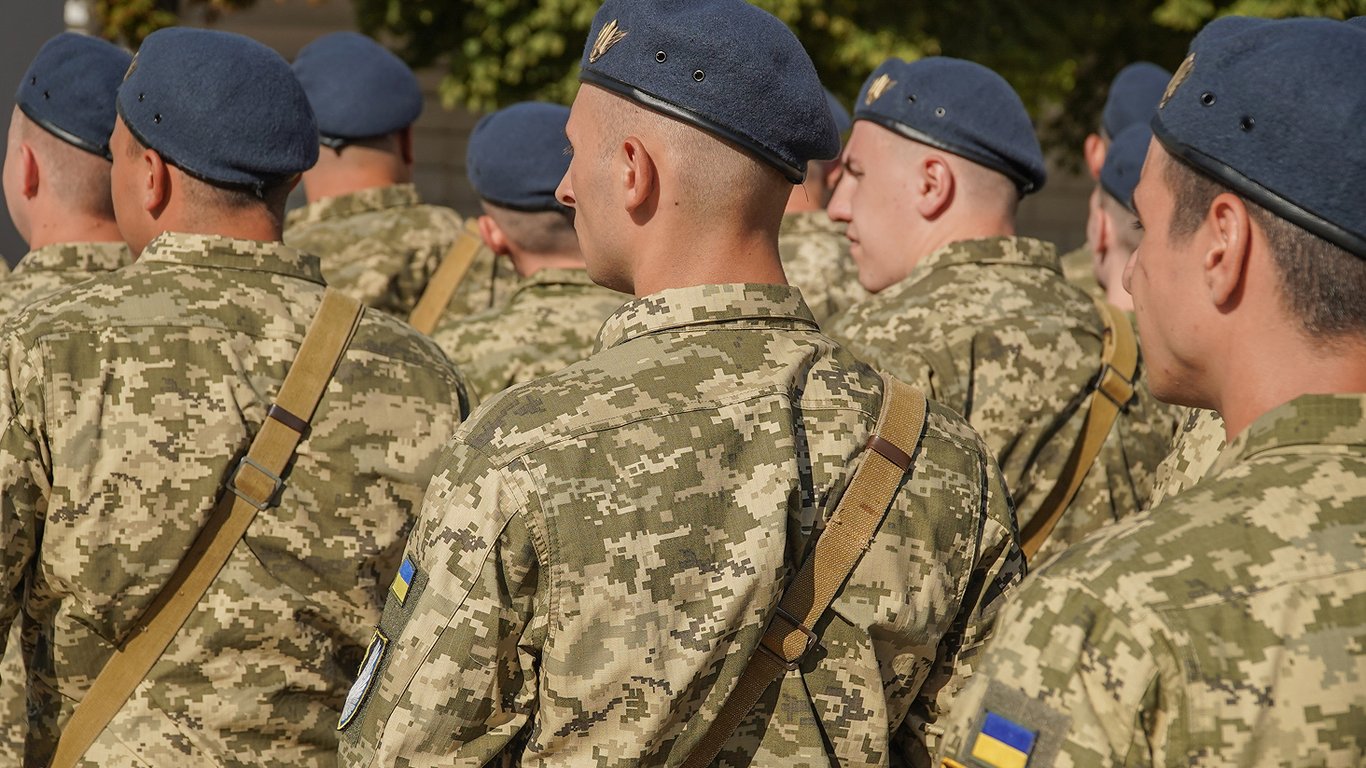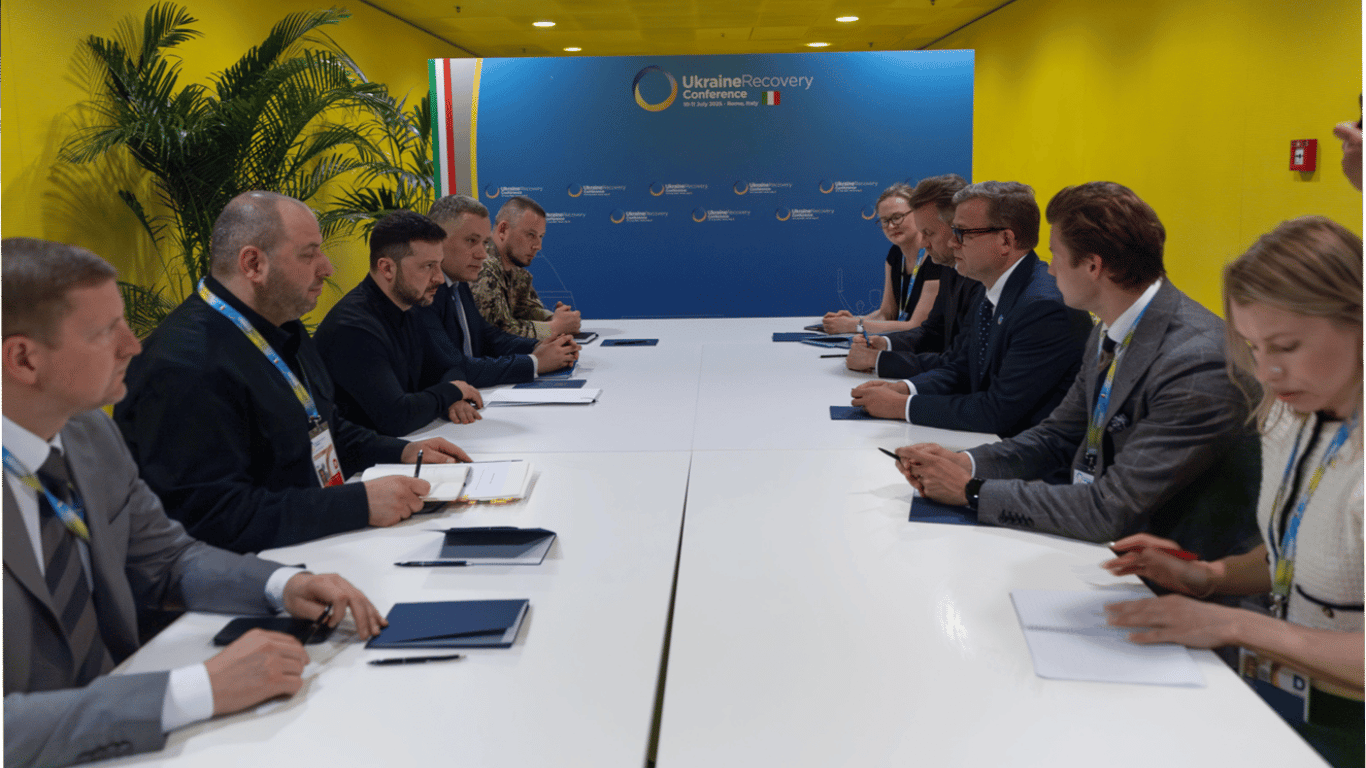Zaporizhzhia Direction: Russians are sending tankers and artillerymen to assault due to a lack of infantry.


The Armed Forces of the South reported that the Russian army is suffering severe losses in its attempts to break through to the Dnipropetrovsk Oblast border. Instead of infantrymen, Russian troops are using tankers, artillerymen, and sappers. This was reported by the spokesman for the Southern Defense Forces, Vladislav Voloshin, in a comment to Ukrinform.
Speaking about the situation in the Zaporizhzhia direction, Voloshin noted that the Russian troops have lost their stormtrooper infantry after several days of intense attacks. Therefore, they are forced to rely on 'one-Time soldiers' and transfer tankers, artillerymen, and servicemen from support units such as sappers, air defense, and communication personnel.
According to Voloshin, the units of the 35th, 49th, and 18th general army of the Southern Military District of the Russian Federation have particularly suffered from a lack of personnel for assault operations.
He reported that the occupiers have been tasked with achieving significant goals by May 9, such as breaking through to the administrative border of the Dnipropetrovsk region or gaining control over a foothold near Zaporizhzhia. However, accomplishing these tasks is almost impossible, which is why all troops in 'non-assault' units are being sent to attack. This has caused outrage, especially among artillerymen, who need to be specially trained and prepared.
Voloshin also noted that during the assaults, a mercenary who was on the side of the Russian Federation was observed and eliminated.
Read also
- Housing for Military Personnel - How to Obtain an Apartment from the State
- Circumventing sanctions will become a criminal offense — who is at risk
- Zelensky discussed drone production with the Prime Minister of Finland
- Zelensky and Merz met in Italy - what was discussed
- ARMA seeks managers for the property of the Odessa ex-deputy
- The meeting of the 'Coalition of Willing' has begun in Rome - video









